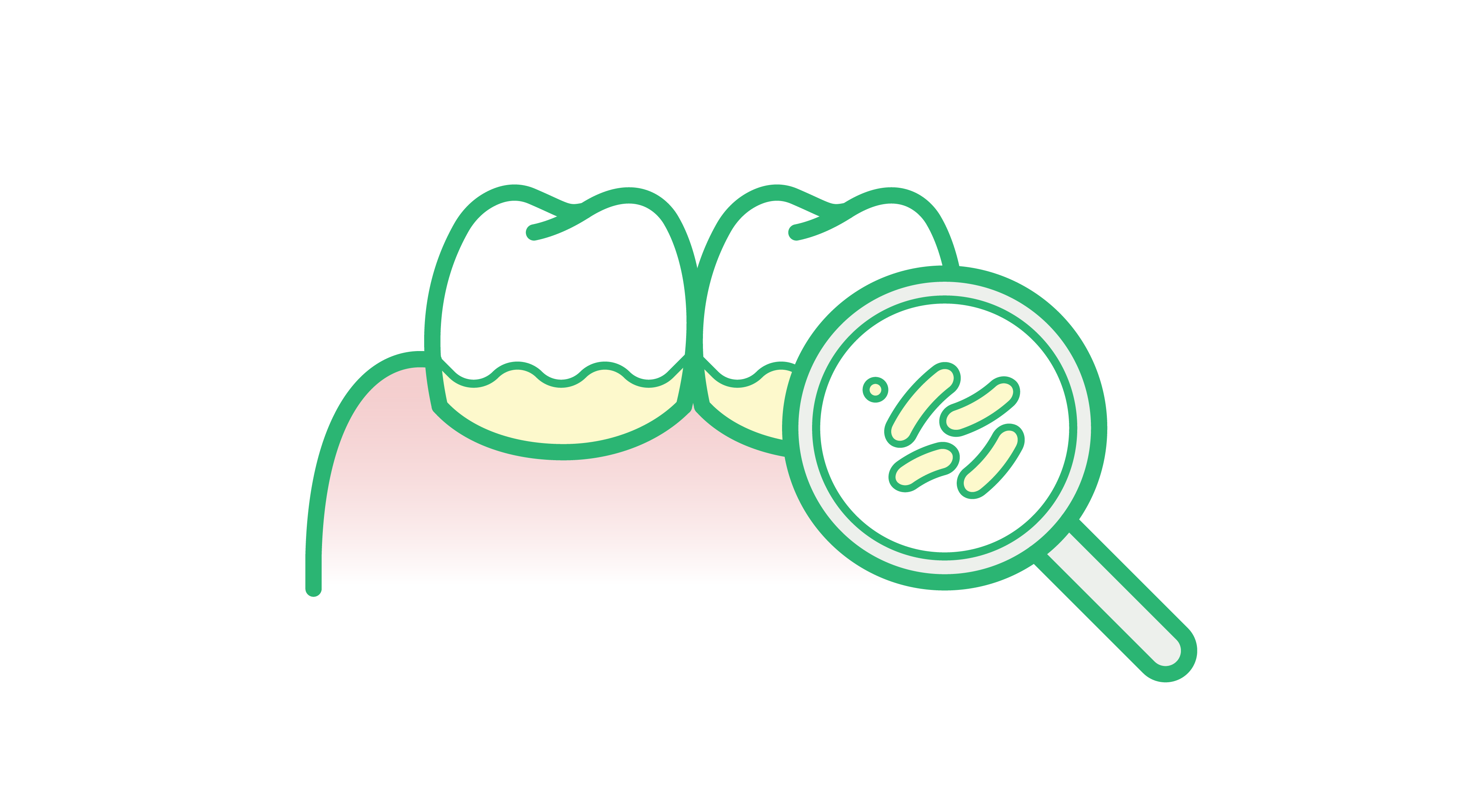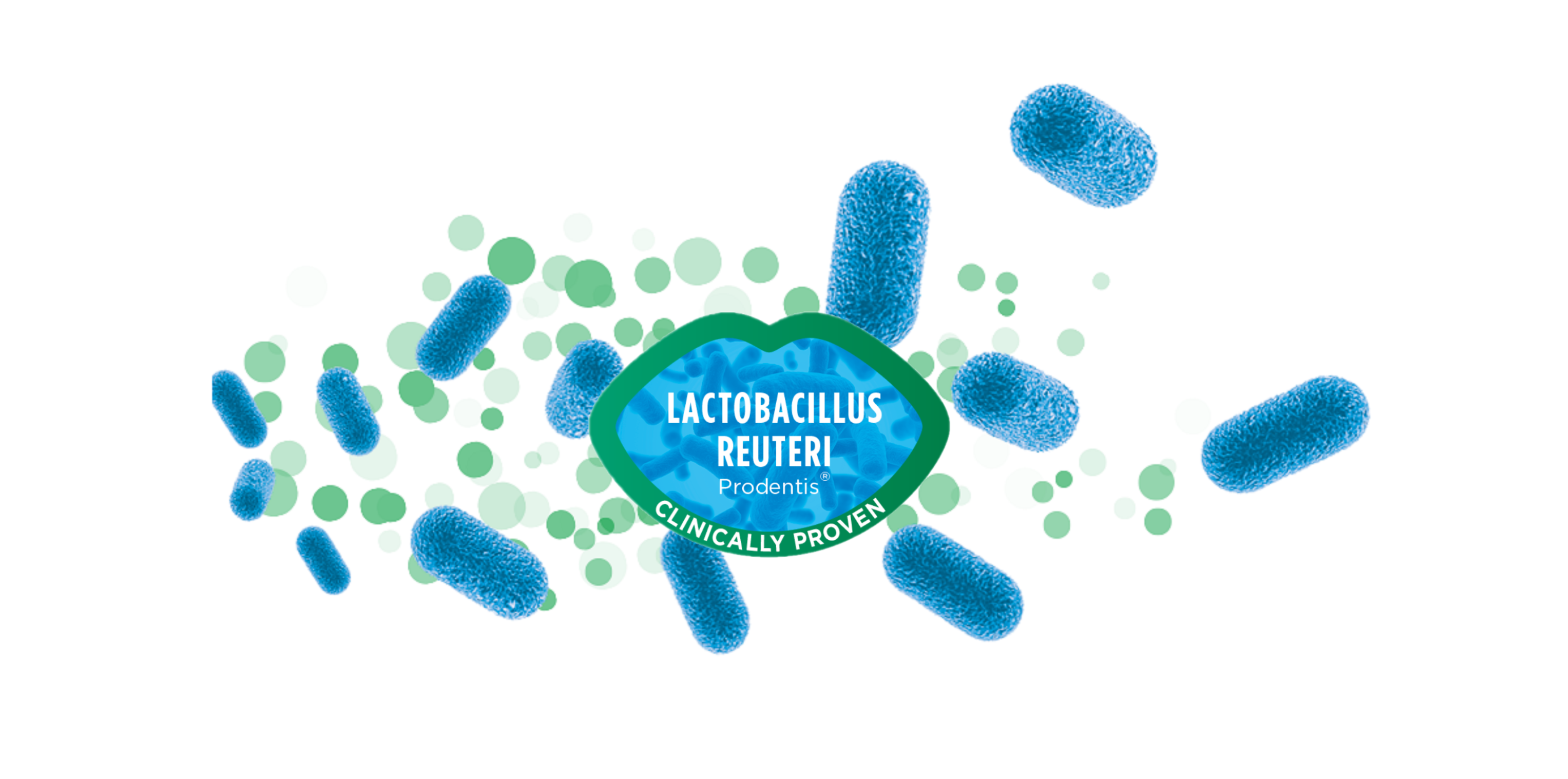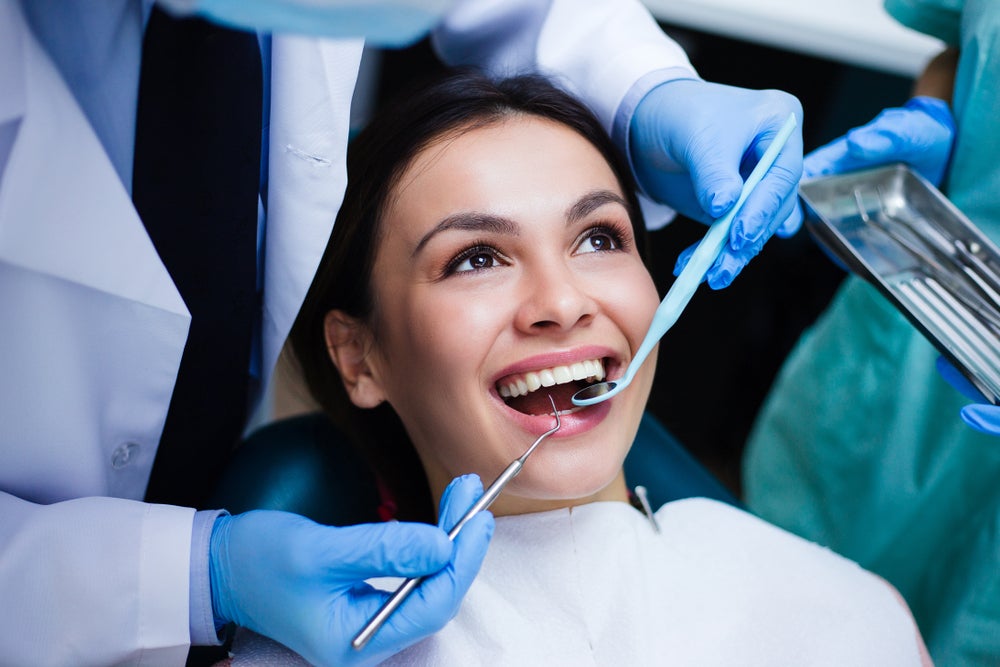
What Today’s Dental Professionals Should Know About Oral Microbiome
There’s a growing body of evidence to suggest that the oral microbiome deserves as much investigative attention as we’ve given the gut microbiome over the last decade.

While researchers have learned a tremendous amount about the relationship between gut flora and systemic health, there’s still significant research to be done into the role of oral bacteria in a similar capacity.
As many as 700 unique bacteria comprise the oral microbiome [1], cohabitating with a diverse profile of fungi, viruses, and protozoa. The relationships among these many microorganisms serve as the fundamental basis for oral health, affecting both hard and soft tissue (teeth and gums). Understanding those relationships is the key to everything from better preventive oral care to more effective treatment for diseases to insights benefitting systemic health.
Already, there are promising studies into the effects of probiotics on oral health - specifically Limosilactobacillus reuteri (previously known as Lactobacillus reuteri) in the management of periodontal diseases [2]. Further, studies into biotherapy, bioinformatics and the role of the oral microbiome in prevention and treatment of disease - both oral and systemic - are gaining traction. As these studies come to fruition and we glean insights from their findings, dental professionals stand to gain invaluable knowledge. The way we diagnose, treat, and prevent periodontal diseases in the future will be greatly impacted by the study of the oral microbiome.
A Healthy Oral Cavity Starts with the Microbiome
The oral microbiome contains both gram-positive and - negative bacteria - which is to say, a diverse range of anaerobic strains spanning cocci, bacilli, and spirilla families. Among the most prevalent are Bifidobacterium, Fusobacterium, Lactobacillus, Leptotrichia, Peptococcus, Selenomonas, and Veillonella. The microbiome of a healthy oral cavity could be considered as a “community” of commensal, symbiotic and pathogenic bacteria, all coexisting in homeostasis.

Unfortunately, this is a fragile situation. A disruption of this balance – or dysbiosis – can result in pathogenic bacteria to spread unchecked, culturing on both hard and soft tissues and causing conditions such as periodontal disease and dental caries. In the case of periodontal disease, Notorious culprits include Porphyromonas gingivalis, Tannerella forsythia, Treponema denticola, Aggregatibacter actinomycetemcomitans, and Fusobacterium nucleatum [3].
Early research indicates that probiotics and biotherapy [4] could be helpful in reversing the onset of periodontal disease, treating caries and addressing halitosis (read our blog). More significantly, probiotics may be effective in “addressing the host-microbial interface to restore homeostasis that may not be achieved with conventional treatments,” according to the research. Regardless, a return to homeostasis within the oral microbiome is unequivocally recognized as an essential first step toward improved oral - and possibly systemic - health.
The Prospect of a Pathogenic Microbiome
Left unchecked, an imbalance of bacteria within the oral cavity will likely lead to a pathogenic microbiome. This indicates the presence and ongoing prevalence and progression of periodontal disease.
The persistence of a pathogenic microbiome may occur for any number of reasons. However, lack of appropriate oral care is a commonly identified catalyst. It’s a perpetuating cycle: periodontal disease caused by poor oral care, made worse by an abundance of pathogenic bacteria that’s difficult to control . Dentist intervention is often paramount. Techniques such as scaling and root planing, coupled with prescription toothpaste and rinses (with correct cleaning techniques and tools), should help to control the proliferation of bacteria during periodontitis.
While lack of good oral hygiene is the most common catalyst for a pathogenic microbiome, it’s not the only one. Systemic disease also plays a significant role. Diabetes, for example, can disrupt both the gut and oral microbiomes, creating a hostile environment for healthy flora and promoting rapid proliferation of pathogenic bacteria. High salivary glucose levels, often seen in patients with diabetes, could favor aciduric bacteria such as Streptococcus mutans, increasing the risk for developing dental caries [5].
Finally, lifestyle and genetics can play a role in up-ending the oral microbiome. Smoking, excessive drinking, poor diet, sedentary lifestyle and more have the potential to give way to a rise in pathogenic bacteria [6] - specifically those comprising the red complex [7] (Porphyromonas gingivalis, Tannerella forsythia, Treponema denticola). The combination of this hostile microbiome and a changing host response can quickly result in periodontitis and bone loss in advanced stages of progression [8].
The Oral Microbiome’s Relationship to Systemic Health
There’s already a well-established link between periodontal disease and systemic health conditions [9]. This has prompted further research into the impact of the oral microbiome on systemic health — specifically its relationship with gut flora. A healthy oral cavity has the ability to influence a healthy gut microbiome, opening the door to better systemic health.
On the other hand, oral pathogens can contribute to systemic disease [10]. Plaque comprises over 400 species of bacteria, and exposure to these bacteria can contribute to a number of maladies. Those who don’t practice proper oral care can be at risk of heart attacks, diabetes, and various respiratory conditions. These conditions don’t have their origin in the mouth, but the relationship between poor oral health and maladies in other parts of the body is increasingly clear.
What’s more, there are likely significant correlations between a pathogenic oral cavity and chronic health conditions [11] that haven’t been uncovered yet. Links to atherosclerotic disease, pulmonary disease, diabetes, pregnancy complications, and a smattering of other conditions, over various systems indicate strong integration with systemic health.
A Balanced Oral Microbiome Is Imperative for Wellness
Like the gut microbiome, the oral microbiome is under the microscope today (literally). There’s enticing potential to learn more about the relationship between oral bacteria and oral health, oral health’s relationship to systemic health, and the long-form connection between systemic health and oral bacteria. As these connections are being unraveled, so will the means to cultivating a healthy oral cavity and, by extension, a better approach to systemic health.
Research is ongoing, but promising. To learn more about the connection between a balanced oral microbiome and its extension to systemic wellness, continue to follow GUM® or contact us today.




